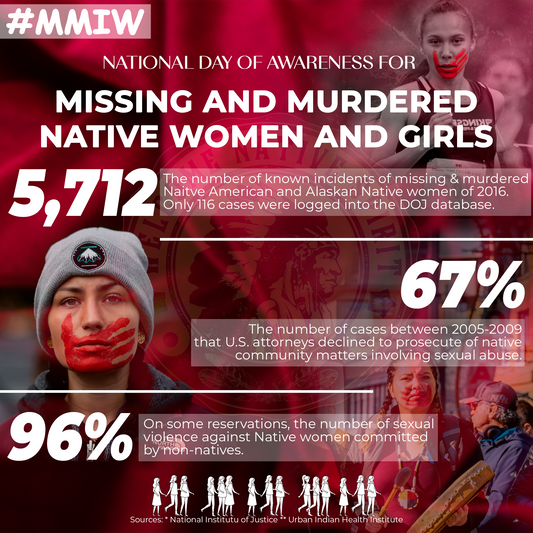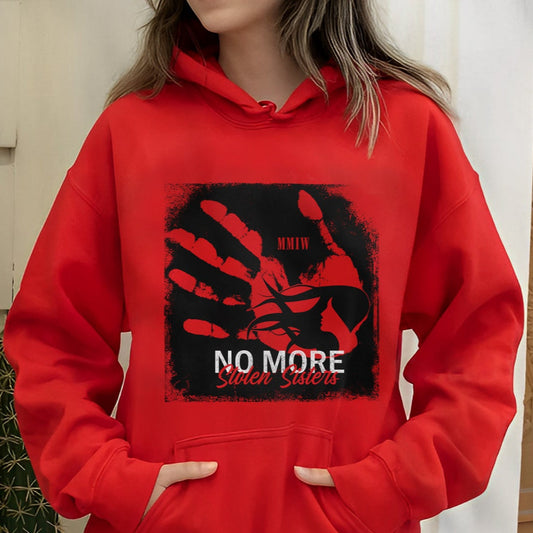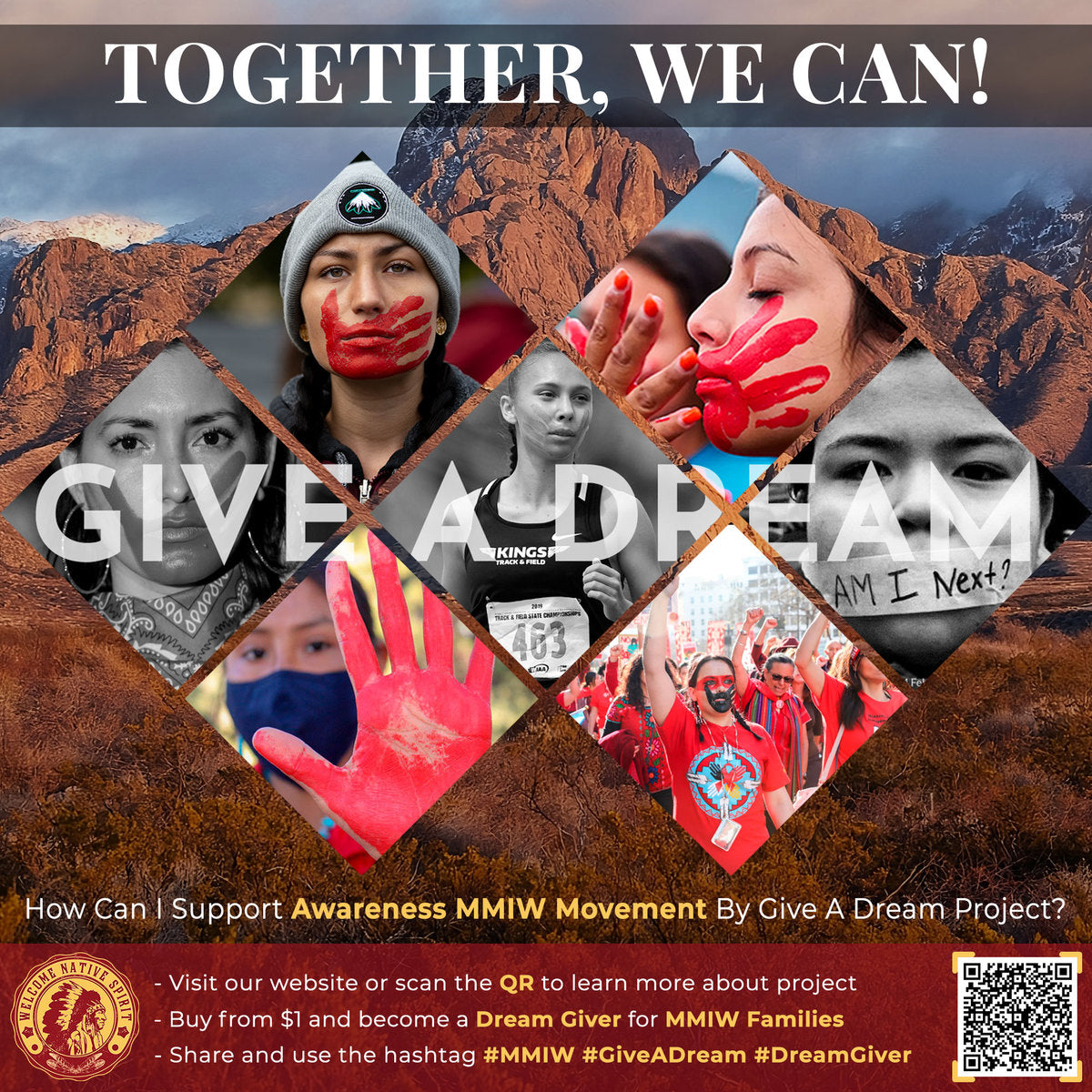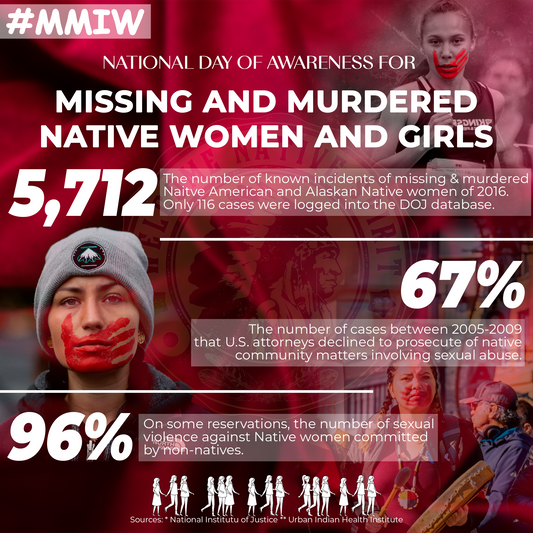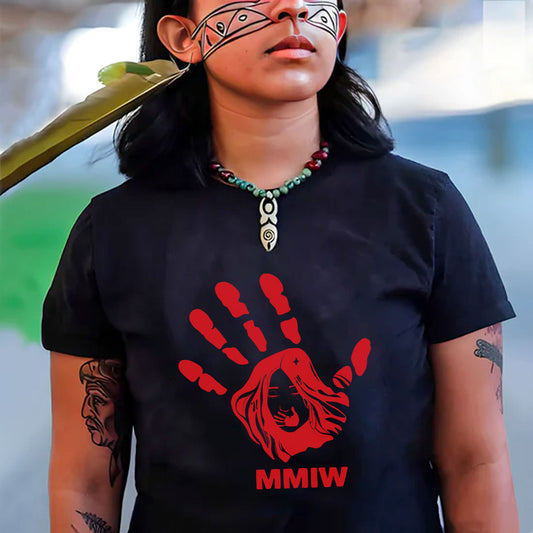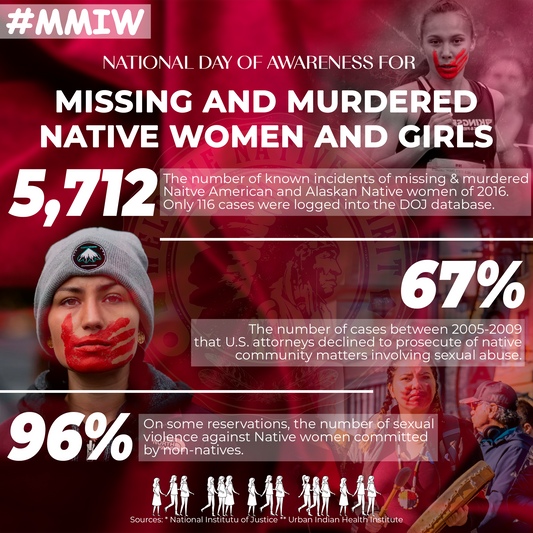The climate supported limited farming closer to the major waterways but ultimately became most fruitful for hunting large and small game.
Plains Native Americans planted the three sisters—beans, squash, and corn—as they arrived from the Southwest around 900 CE. Agriculture was most commonly practiced and most fruitful along rivers. Plains inhabitants also harvested plants for medicinal purposes; for example, chokecherries were thought to cure stomach sickness. Women farmed and gathered, while men hunted. Hunting became a more dominant practice when a drought struck in the 1300s.
Indigenous people hunted large animals early as 12,000 BCE. They practiced a mixture of agriculture and hunting on foot, using large spears with
Clovis points at the end. Clovis points, sharp points carved out of stone, have been now discovered all across North America. Archaeologists estimate that a spear with a Clovis point at the end could kill animals the size of African elephants, corroborating the idea that Native Americans used these two-centimeter spearpoints to hunt massive animals like
mammoths, buffalo, and bison.
 Clovis points.
Clovis points.
Horses did not arrive in North America until 1519, when they were introduced by the Spanish explorer Hernán Cortés. Cortés brought about 600 horses to the region throughout his expeditions. Later, Francisco Vázquez de Coronado and Juan de Oñate would bring more. When horses became widely available in the 1600s, Lakotas and Cheyennes gave up agriculture altogether to become nomadic buffalo-hunters.
Societal organization: sedentary, and then nomadic
In earlier, more agrarian societies, Native Americans on the Plains would set up sedentary bases in earth lodges. Highly agrarian groups, like the Wichitas, built grass homes near their crops. In the eastern part of the Plains, where the Hidatsa and Mandan peoples cultivated maize, they established trade networks along the Mississippi River. They made bull boats by stretching bison skin over a wooden frame to trade goods along the rivers. They traded elaborate baskets and leather for metal and furs from the Northeast.
A Mandan earthlodge.
As Native Americans on the Plains became more focused on hunting, they became more nomadic. They constructed teepees—conical tents made out of buffalo skin and wood—shelters that were easy to put up and take down if a band was following a buffalo herd for hunting. Sometimes, Native Americans on the Plains lived in a combination of nomadic and sedentary settings: they would plant crops and establish villages in the spring, hunt in the summer, harvest their crops in the fall, and hunt in the winter.
 A watercolor painting of Sioux teepees. Painted by Karl Bodmer, 1833.
A watercolor painting of Sioux teepees. Painted by Karl Bodmer, 1833.
Social and religious norms: competition and trade puts pressure on social order
These hunting-agrarian groups were mostly divided at the level of the band. A band could consist of a dozen to a few hundred people who lived, hunted, and traveled together. Often, bands would unite in a village setting to farm or hunt a large herd of bison. Villages usually had fluid populations and little to no political structure.
It is nearly impossible to generalize the religious traditions of the Plains region since every group had its own practices. Rituals often revolved around the sun and nature, with the Earth as the mother of all spirits. Cheyennes, for example, performed the Sun Dance, which forced people to sacrifice something personal for communal benefit. Lakotas believed that certain individuals were blessed to be spiritual leaders or medicine men. Indigenous people on the Plains regarded the buffalo and their migration patterns as sacred.
With the introduction of horses, Plains societies became less egalitarian; the men with the most horses had the most political impact, social status, and economic power. As European colonists arrived, the Sioux, in particular, began to trade with them. They received guns and horses in exchange for buffalo robes, blankets, and beads.
Intertribal conflict increased due to this heightened competition, with groups stealing each others' horses for economic gain and glory. This began a pattern of violence between the Native American groups and Euro-American colonists as they settled across the Plains during the centuries to come.
Native American The Original Founding Five Father Hoodie Unisex

 Clovis points.
Clovis points.
 A watercolor painting of Sioux teepees. Painted by Karl Bodmer, 1833.
A watercolor painting of Sioux teepees. Painted by Karl Bodmer, 1833.
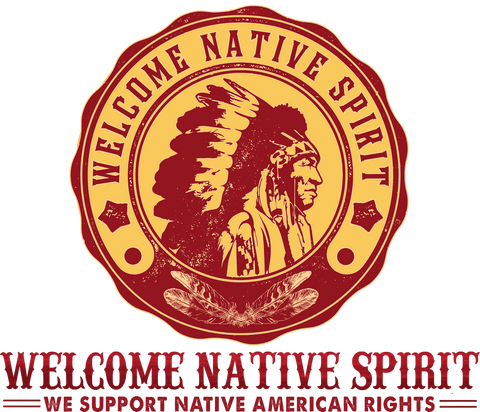

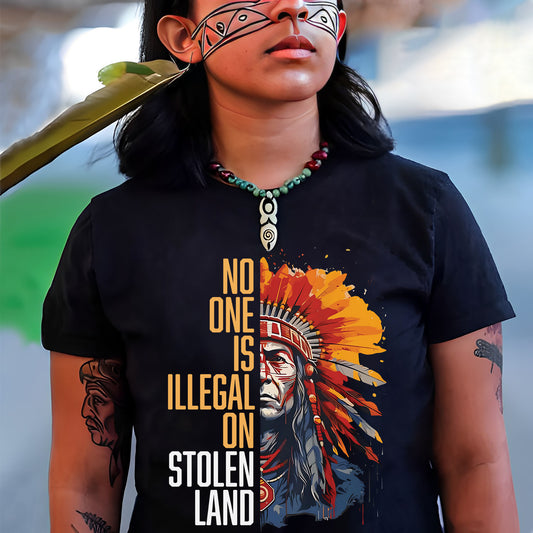
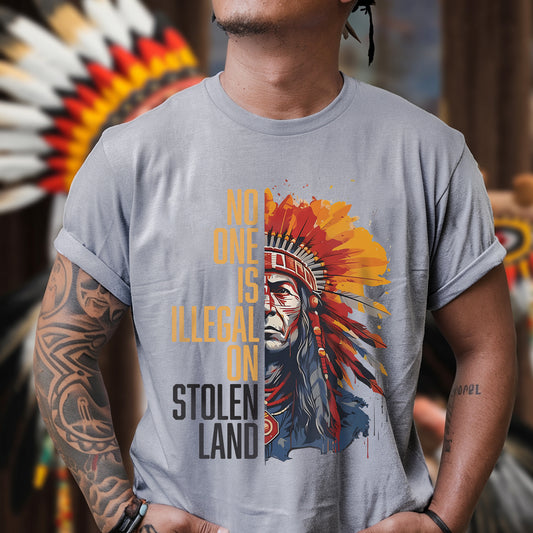
![[Two Sides] Trail of Tears The Deadly Journey Unisex T-Shirt/T-Shirt V-Neck/Hoodie/Sweatshirt](http://welcomenativespirit.com/cdn/shop/files/20_2bae9cf5-c07c-4ea5-a8ea-de74aa71325d_533x.jpg?v=1757466962)
![[Two Sides] Trail of Tears The Deadly Journey Unisex T-Shirt/T-Shirt V-Neck/Hoodie/Sweatshirt](http://welcomenativespirit.com/cdn/shop/files/gray_-2side_b51af6c7-cea9-4004-90db-cb8d883be04a_533x.png?v=1759742586)

